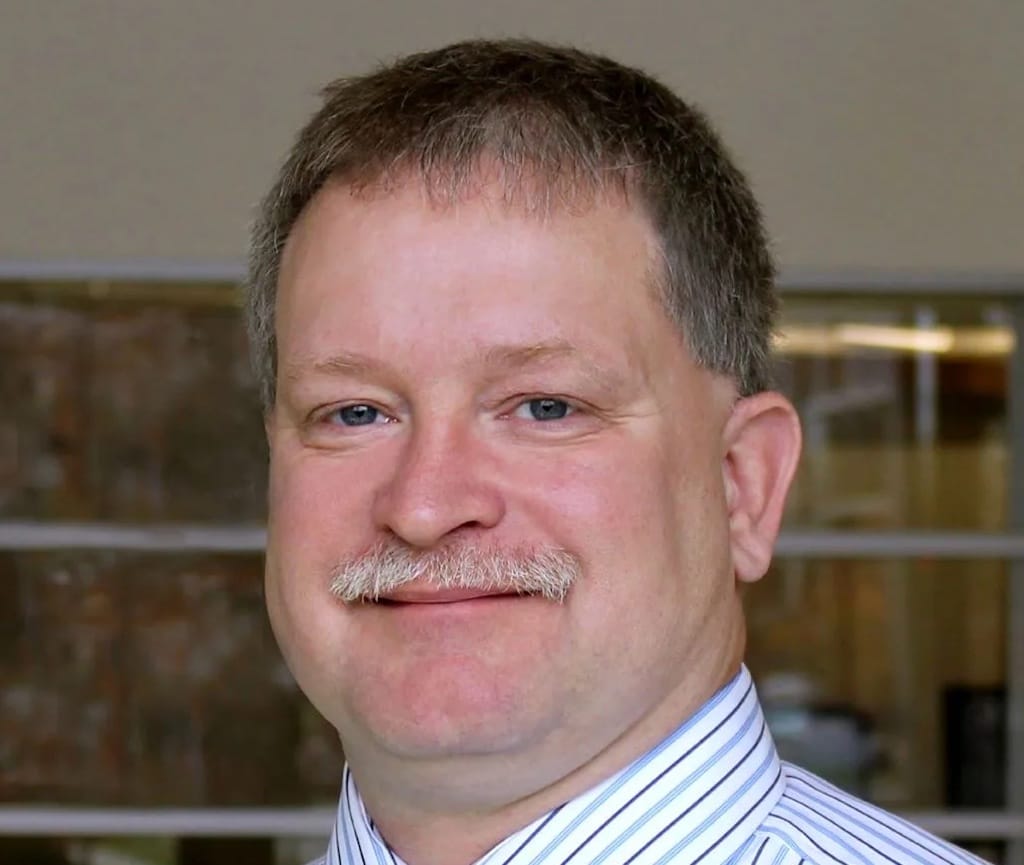Increase in Texas Natural Events Points to Need for Underground Wiring, Panelists Say
The number of 100-degree days has almost doubled in the past 40 years and may double in the next decade.
Sudha Reynolds

CRYSTAL CITY, Va., October 14, 2022 – Because of the increasing risk of natural weather events like floods, building underground conduits is a more effective strategy than stringing aerial fiber from poles, a technologist argued at a Thursday panel on pole attachments.
The technologist, Merit Network Infrastructure Vice President Bob Stovall, spoke to the issue during a panel at the 10th Annual conference of the Schools, Health and Libraries Broadband Coalition.
With extreme heat and extreme cold (such as the “Big Freeze” of 2021) in Texas, Utilities Technology Council CEO Sheryl Riggs said she agreed that communications infrastructure should be built underground as much as possible.
National Telecommunications and Information Administration Middle Mile Program Director Sarah Bleau said during a September 7 Broadband Breakfast Live Online event that – despite the Infrastructure, Investment and Jobs Act not mentioning climate resilience – the notice of funding opportunity for funds requires that a plan be in place for infrastructure resiliency against climate- and weather-related events.
And, in an Expert Opinion piece in Broadband Breakfast by Christopher Mitchell of the Institute for Local Self Reliance, the author argued that an electric grid that was deliberately left exposed and likely to fail in rare cold weather events raised question regarding competition and the design of markets.
Meanwhile, the fight over pole-attachment rates remains in full swing at the Federal Communications Commission, with pole attachers claiming that utility companies place undue burden on attachers regarding the cost of pole replacements for broadband wires.
Big Fight Over Costs of Pole Attachments Pits New Entrants Against Utilities









Member discussion